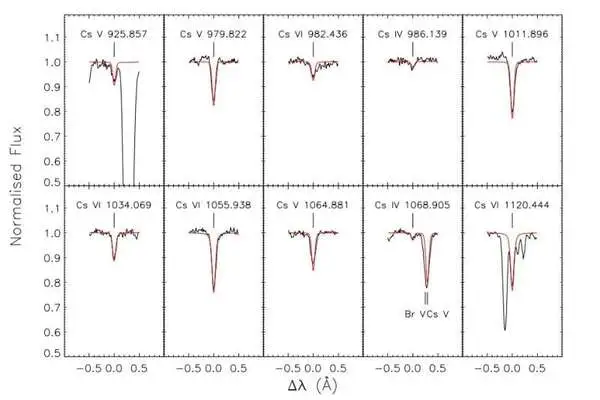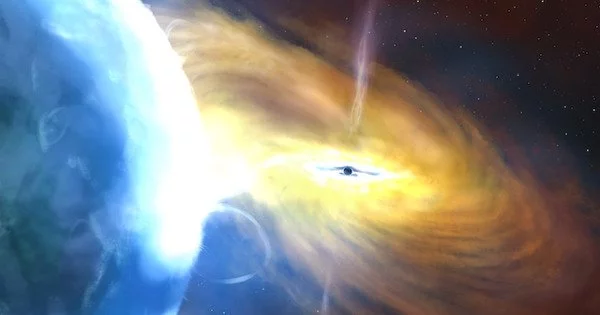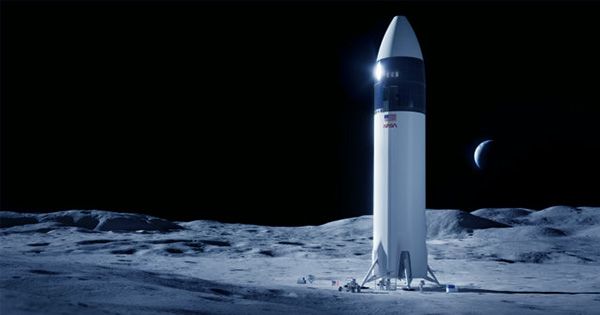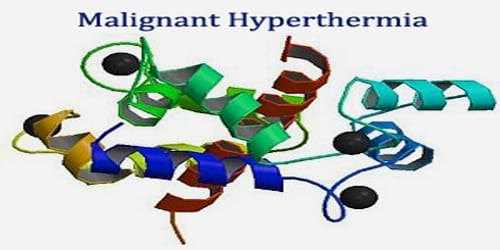An international team of astronomers discovered cesium in the atmosphere of a hot white dwarf known as HD 149499B by analyzing data from the Far Ultraviolet Spectroscopic Explorer (FUSE) telescope. The discovery, published on the arXiv pre-print server is the first time this element has been discovered in the atmosphere of a hot white dwarf.
White dwarfs (WDs) are stellar cores that remain after a star’s nuclear fuel has run out. Because of their high gravity, they are thought to have pure hydrogen or pure helium atmospheres. However, traces of heavier elements can be found in a small percentage of WDs.
To date, only 18 trans-iron elements (with an atomic number greater than 28) have been identified so far in the atmospheres of hot white dwarfs. In general, these trans-iron elements were found to be overabundant in WDs.
We report the first detection of cesium (Z = 55) in the atmosphere of a white dwarf. Around a dozen absorption lines of Cs IV, Cs V, and Cs VI have been identified in the Far Ultraviolet Spectroscopic Explorer spectrum of the He-rich white dwarf HD 149499B.
Pierre Chayer
Now, a group of astronomers led by Pierre Chayer of the Space Telescope Science Institute in Baltimore, Maryland, reports the finding of cesium (Cs), with an atomic number 55, in the atmosphere of HD 149499B—a bright helium-rich white dwarf with an effective temperature of 49,500 K. The detection is a result of observations of this star with FUSE between 2000 and 2006.
“We report the first detection of cesium (Z = 55) in the atmosphere of a white dwarf. Around a dozen absorption lines of Cs IV, Cs V, and Cs VI have been identified in the Far Ultraviolet Spectroscopic Explorer spectrum of the He-rich white dwarf HD 149499B,” the researchers wrote in the paper.
All in all, thirteen cesium lines were detected in the FUSE spectrum with equivalent widths in the range 2.3–26.9 mÅ. The astronomers added that all these transitions arise from low-energy levels ranging from ten thousand to a few tens of thousands of cm−1.

According to the authors of the study, cesium detection in the atmosphere of HD 149449B is not surprising, given that the list of trans-iron elements identified in the atmospheres of WDs has grown considerably since the detection of germanium in 2005.
The abundance of cesium in the atmosphere of HD 149449B was calculated to be −5.45 (cesium to helium abundance ratio), which is -3.95 in terms of the mass fraction. This result makes cesium the most abundant trans-iron element observed in HD 149499B.
Summing up the results, the researchers try to find the most plausible hypothesis explaining the presence of cesium in the atmosphere of this white dwarf.
“Radiative levitation is the most plausible natural phenomenon to explain its presence…. Although radiative levitation complicates the interpretation of the source of trans-iron elements, it enables the buildup of large abundances, and therefore, the detection of those elements that otherwise would not be detected,” the authors of the paper concluded.
















